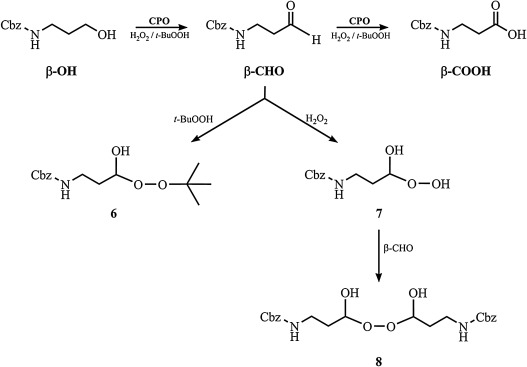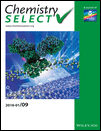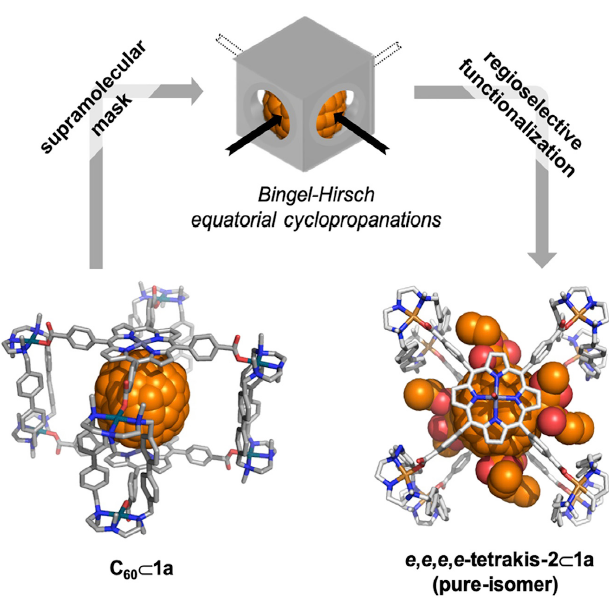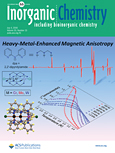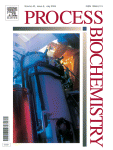 “Chloroperoxidase-catalyzed amino alcohol oxidation: Substrate specificity and novel strategy for the synthesis of N-Cbz-3-aminopropanal” by G. Masdeu, M. Pérez-Trujillo, J. López-Santín and Gregorio Álvaro. Process Biochemistry 2016; DOI:10.1016/j.procbio.2016.05.022
“Chloroperoxidase-catalyzed amino alcohol oxidation: Substrate specificity and novel strategy for the synthesis of N-Cbz-3-aminopropanal” by G. Masdeu, M. Pérez-Trujillo, J. López-Santín and Gregorio Álvaro. Process Biochemistry 2016; DOI:10.1016/j.procbio.2016.05.022
The ability of chloroperoxidase (CPO) to catalyze amino alcohol oxidations was investigated. The oxidations of compounds with different configurations with respect to the amine position towards hydroxyl – using H2O2 and tert-butyl hydroperoxide (t-BuOOH) – were analyzed in terms of the initial reaction rate, substrate conversion, and CPO operational stability. It was observed that the further the amino group from the hydroxyl, the lower the initial reaction rate. The effect of the amino-protecting group and other substituents (i.e., methyl and hydroxyl) was also examined, revealing an increase in steric hindrance due to the effect of bulky substituents. The observed reaction rates were higher with t-BuOOH, whereas CPO was more stable with H2O2. Moreover, CPO stability had to be determined case by case as the enzyme activity was modulated by the substrate. The oxidation of N-Cbz-3-aminopropanol (Cbz, carboxybenzyl) to N-Cbz-3-aminopropanal was investigated. Main operational conditions such as the reaction medium, initial amino alcohol concentration, and peroxide nature were studied. The reaction kinetics was determined, and no substrate inhibition was observed. By-products from a chemical reaction between the formed amino aldehyde and the peroxide were identified, and a novel reaction mechanism was proposed. Finally, the biotransformation was achieved by reducing side reactions and identifying the key factors to be addressed to further optimize the product yield.
